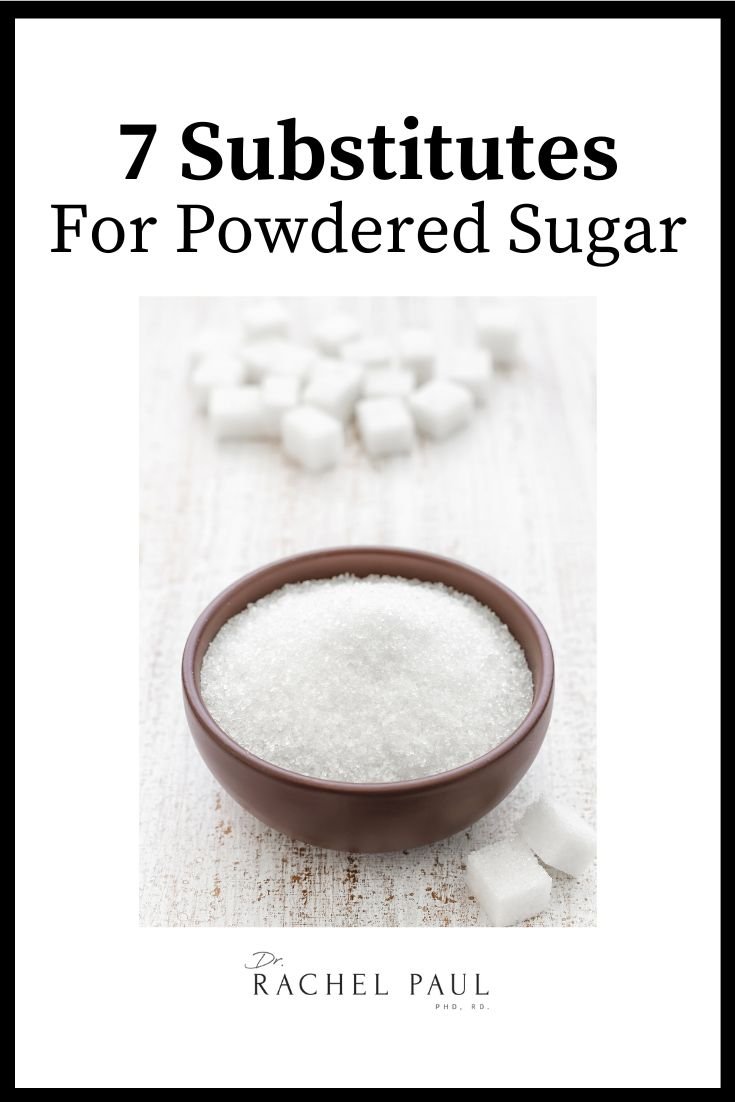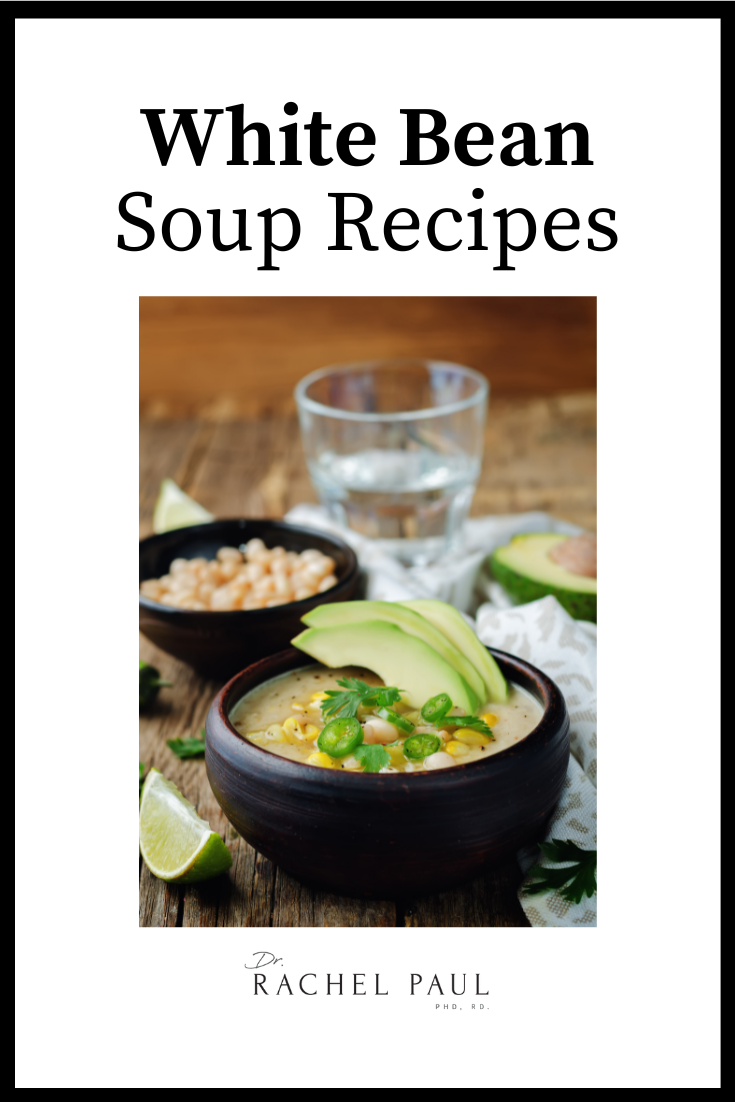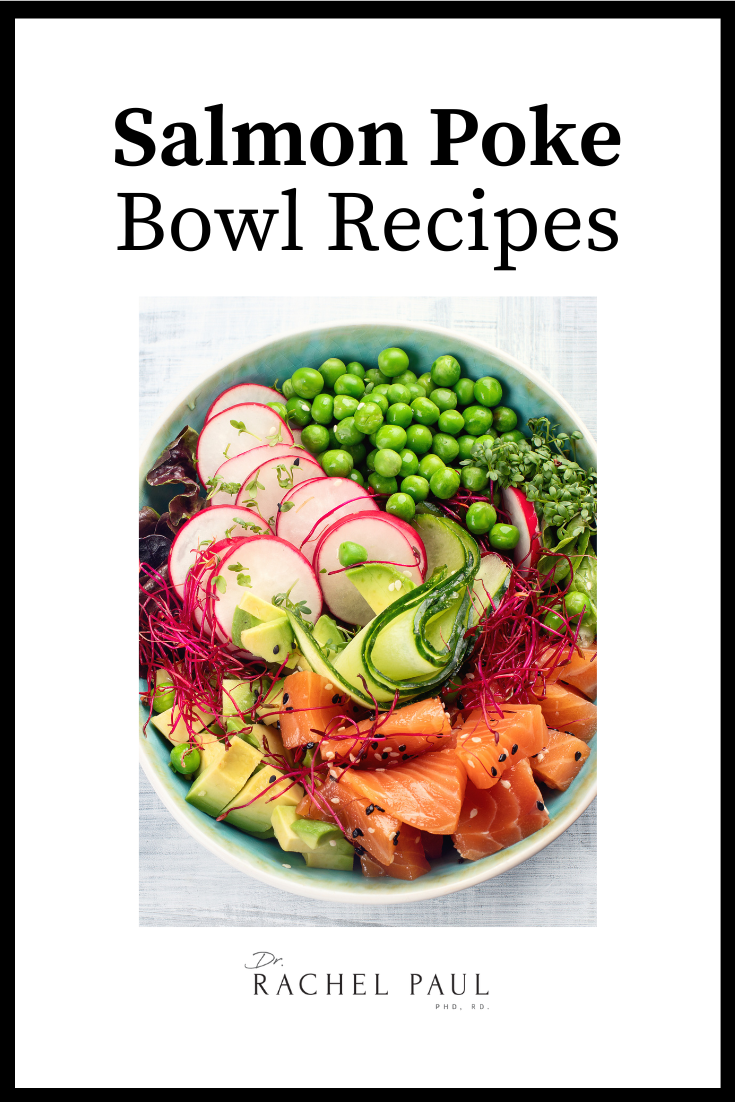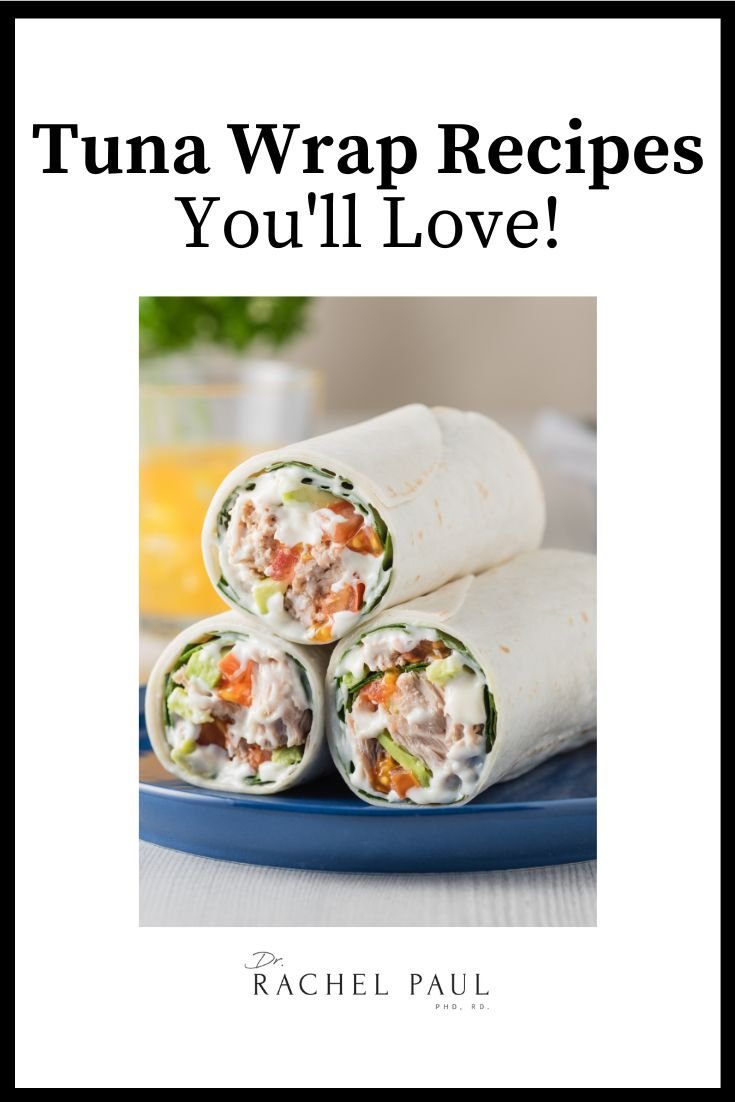Powdered sugar, also known as icing sugar or confectioner’s sugar, is commonly used in baked goods and desserts. It’s essentially a finely ground sugar that has been processed into a powder, and as such is used in a lot of recipes, or as a topping for certain desserts.
However, not everyone has it lying around in their pantries or wants to use it due to health reasons (as powdered sugar isn’t the healthiest sweetener).
But there are certain things that can be used instead of regular powdered sugar in some recipes, so in this post, I’m sharing a round-up of ingredients that can substitute powdered sugar.
7 Substitutes For Powdered Sugar
Granulated sugar
495 caloriesWe’ll get into the substitutes for powdered sugar right away. But before we do, I just want to note that some of these substitutes will work better in some recipes than some others. It will depend on what powdered sugar is used for in a recipe – is it used for flavor and texture, is it used only for adding sweetness, is it used for the batter consistency you’re putting it in, etc.?
So, I’ll include different options for substitutes, and depending on what you’re using it for, you can determine which substitute will fit the best.
Granulated sugar
If you don’t have powdered sugar on hand, but you have regular granulated sugar, you can grind it in a blender or a food processor until it reaches a powdery consistency.
However, keep in mind that powdered sugar has more cornstarch than regular granulated sugar, so the consistency of the dish you’re making might not be the same, depending on what you’re using it for.
Stevia
If you’re looking for a substitute for powdered sugar that’s lower in calories, you can use stevia or some other type of artificial sweetener. If you’re looking for a sugar-free substitute for sugar, this is probably one of the most common ones people use. This is also a great option if you’re looking for a low-carb substitute for sugar. Stevia can definitely be on your low-carb grocery list.
Of course, the taste and the texture of the final product might not be the same as it would be if you used powdered sugar, so keep that in mind when choosing the substitute.
For example, suppose you’re looking to make a homemade hot cocoa mix (which calls for cocoa, powdered sugar, dry milk powder, and optionally dry creamer and salt). In that case, stevia can be a healthier replacement for sugar.
Honey or maple syrup
This obviously isn’t a powder, so this substitute can’t be used in all dishes that call for powdered sugar. But if powdered sugar is mostly there to sweeten the dish, and you’re looking for a healthier option, honey or maple syrup can come in handy. They will also add a different flavor profile, so that’s something else to keep in mind.
Coconut sugar
Coconut sugar is an unrefined sugar made from the sap of coconut palm flowers. It has a caramel-like flavor and a coarse texture. If you want to use it as a substitute for powdered sugar, you can use a blender or a food processor to blend it to a fine powdered texture. Powdered coconut sugar won’t work in all recipes where regular powdered sugar is required, but it can work in lots of them.
Agave nectar
Agave nectar is a natural sweetener derived from the agave plant. It has a liquid consistency, so it won’t provide the same texture as powdered sugar.
However, it can be used as a substitute in certain recipes that call for powdered sugar, such as beverages, dressings, and sauces, where a powdered sugar texture is not necessary, and the powdered sugar is mostly used for the flavor.
Mashed bananas
In certain recipes, especially baked goods like muffins or cakes, mashed bananas can be used as a substitute for powdered sugar to add sweetness and moisture to the dish.
The bananas will add their own flavor, naturally, so it’s important to keep in mind that the taste of the dish but be altered if you use them. However, if the banana flavor won’t ruin the dish, this is a great healthier substitute for regular sugar.
Powdered monk fruit sweetener
Monk fruit sweetener is a natural, zero-calorie sweetener derived from monk fruit.
As it is available in powdered form, it can be used as a sugar-free or low-calorie substitute for powdered sugar.
Like most other sugar substitutes, monk fruit sweetener may have a slightly different taste compared to sugar, so keep that in mind when using it in recipes.
How To Make Powdered Sugar
If you don’t have powdered sugar at home, another option you have is to make your own!
In fact, making homemade powdered sugar is very easy and fast.
So, if you’re looking to make homemade powdered sugar, here’s what you need and how to do it.
Ingredients
-
1 cup of granulated sugar
-
1-2 teaspoons of cornstarch
Instructions
Step 1: Add the granulated sugar and cornstarch into a food processor or blender.
Step 2: Start blending on low speed, gradually increasing to high speed. Blend for about 1-2 minutes or until the sugar turns into a fine powder. Pause occasionally to scrape down the sides and ensure all the sugar is processed evenly.
Step 3: Transfer the homemade powdered sugar to an airtight container for storage or use it immediately in your recipe.





